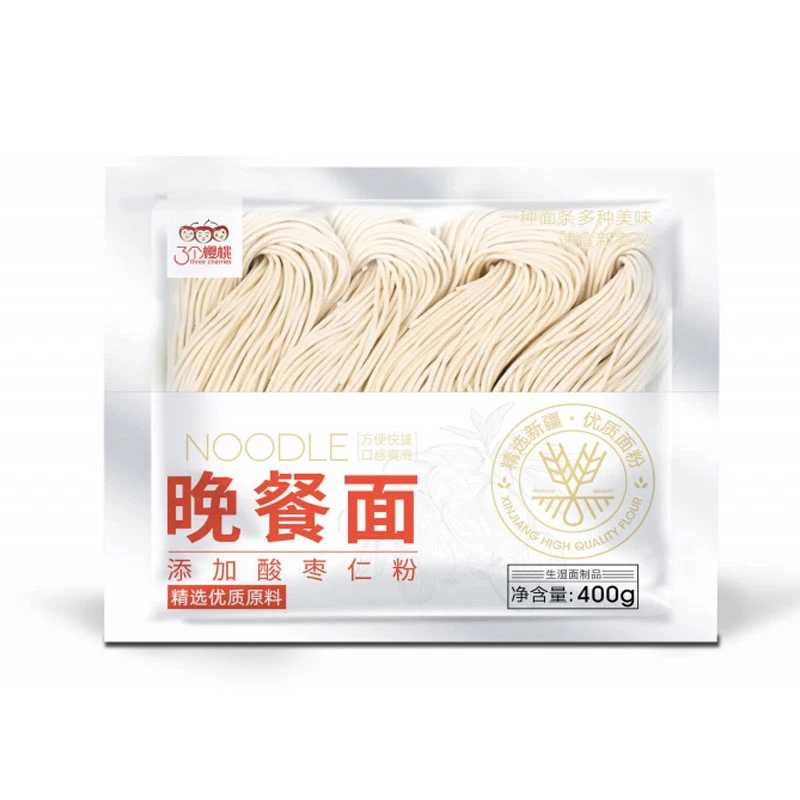100% Authentic Buckwheat Soba Noodles for a Healthy Delight
The Art of 100% Soba Noodles A Culinary Delight
Soba noodles, a traditional Japanese dish, have captured the hearts and palates of food enthusiasts around the globe. Made primarily from buckwheat flour, these noodles offer a unique taste and texture that sets them apart from their wheat-based counterparts. When we talk about 100% soba noodles, we are referring to the purest form of this delicacy, where only buckwheat flour is used, ensuring that each strand is rich in flavor and nutrition.
The History and Cultural Significance of Soba Noodles
The history of soba noodles dates back to the Edo period (1603-1868) in Japan, where they originated as a staple food for the masses. Initially considered a peasant food, soba gained popularity among the samurai class due to its nutritional value and delightful taste. Today, soba noodles hold a special place in Japanese cuisine, symbolizing longevity and health. Traditionally consumed during New Year celebrations, the noodles represent a wish for long life and prosperity.
Nutritional Value of Buckwheat
One of the standout features of 100% soba noodles is their impressive nutritional profile. Buckwheat is a pseudocereal, meaning it’s not a grass but shares similar uses as grains. It is rich in proteins, dietary fiber, vitamins, and minerals. Unlike many other grains, buckwheat is gluten-free, making soba an excellent option for those with gluten sensitivities or celiac disease. The presence of essential amino acids, particularly lysine, sets buckwheat apart from most other grains, promoting overall health.
Moreover, consuming soba noodles can aid in digestion, help maintain healthy cholesterol levels, and support cardiovascular health. Additionally, the low glycemic index of buckwheat makes it a favorable choice for those monitoring their blood sugar levels.
Crafting the Perfect Bowl of 100% Soba Noodles
To appreciate the full flavor of soba noodles, it is essential to cook them properly. Start by bringing a pot of water to a rolling boil and add the soba noodles. Cooking time generally ranges from 5 to 8 minutes, depending on the thickness of the noodles. It’s crucial not to overcook soba, as they can turn mushy. Once cooked, drain the noodles and rinse them under cold water to stop the cooking process and to remove excess starch.
100 soba noodles

100% soba noodles can be served in various ways chilled with a dipping sauce (known as zaru soba), in a warm broth (like soba soup), or incorporated into stir-fries or salads. The dipping sauce, made from soy sauce, mirin, and dashi, complements the nutty flavor of the buckwheat, heightening the overall experience.
Creative Recipes to Try
1. Zaru Soba This classic dish allows the flavor of the soba to shine. Serve chilled noodles on a bamboo mat with a side of soy sauce for dipping, garnished with green onions and wasabi.
2. Soba Salad Combine cooked soba noodles with fresh vegetables like cucumber, carrots, and bell peppers. Toss with a sesame dressing for a refreshing summer meal.
3. Soba Noodle Soup For a comforting bowl, add cooked soba to a rich broth made from dashi, miso, or chicken stock. Enhance it with toppings such as soft-boiled eggs, nori, and scallions.
4. Stir-Fried Soba Stir-fry soba with your choice of protein (tofu, chicken, or shrimp) along with vegetables and a savory soy-based sauce for a quick and delicious meal.
Conclusion
In conclusion, 100% soba noodles are more than just a culinary trend; they represent a rich history and a commitment to health. With their unique flavor, versatility, and impressive nutritional benefits, soba noodles deserve a special place in our kitchens. Whether enjoyed as a simple dish or as part of an elaborate meal, soba noodles offer a delightful journey through Japanese culinary tradition. So, the next time you’re in search of a healthy and satisfying meal, consider reaching for a package of 100% soba noodles and indulge in the wholesome goodness they have to offer.
-
Unleash Your Inner Chef with Delectable Italian Pasta CreationsNewsAug.01,2025
-
Savor Health and Flavor: Irresistible Soba Noodles for Sale Await!NewsAug.01,2025
-
Nourish Your Body with Premium Organic Ramen - A Culinary Delight AwaitsNewsAug.01,2025
-
Elevate Your Dishes with Our Exquisite Kinds of Egg NoodlesNewsAug.01,2025
-
Dive into Flavorful Convenience with Our Ramen OfferingsNewsAug.01,2025
-
Discover Exquisite Types of Naengmyeon and Chilled Soba NoodlesNewsAug.01,2025
-
Is Whole Wheat Pasta Healthy?NewsMay.30,2025
Browse qua the following product new the we

















































































































